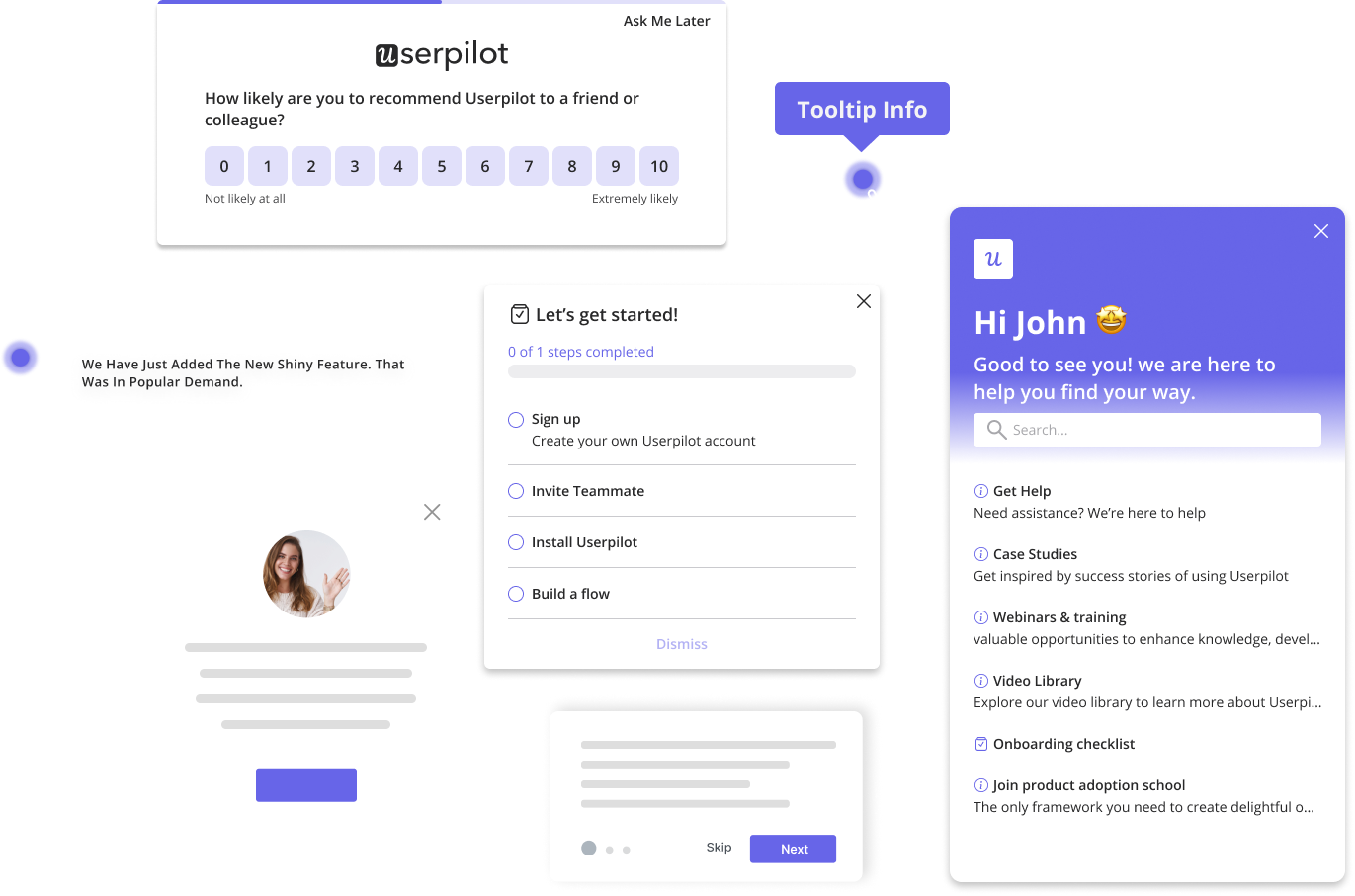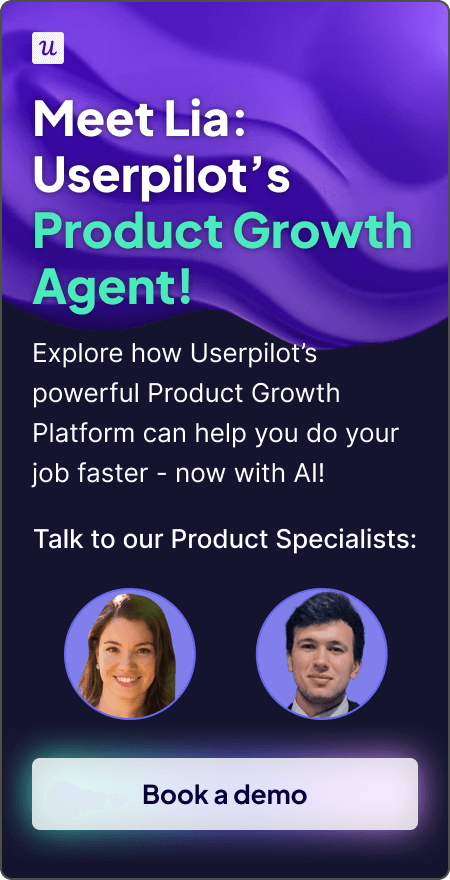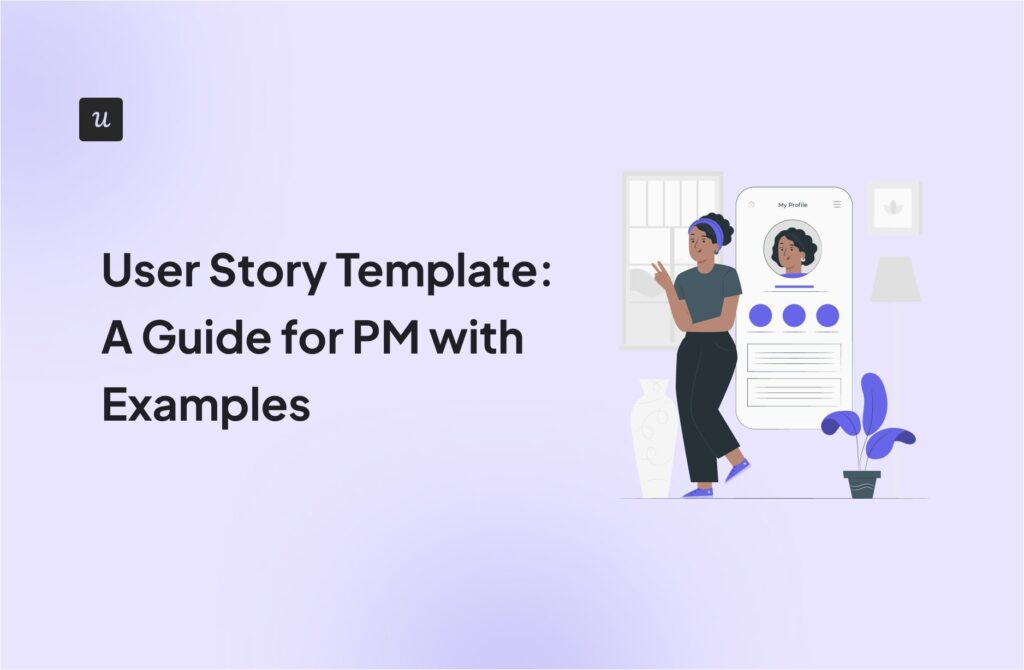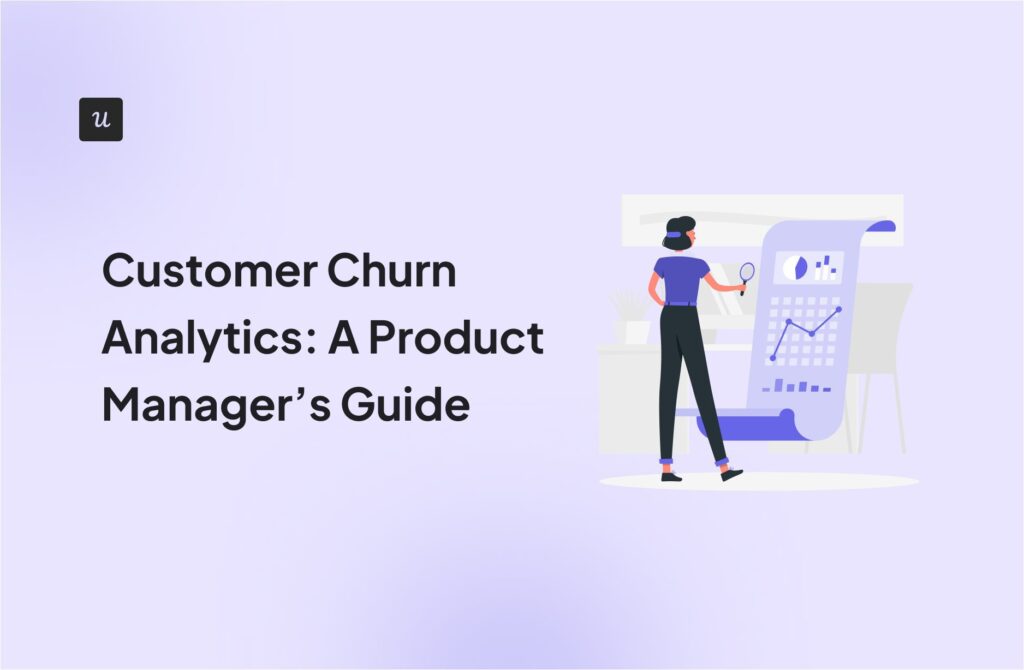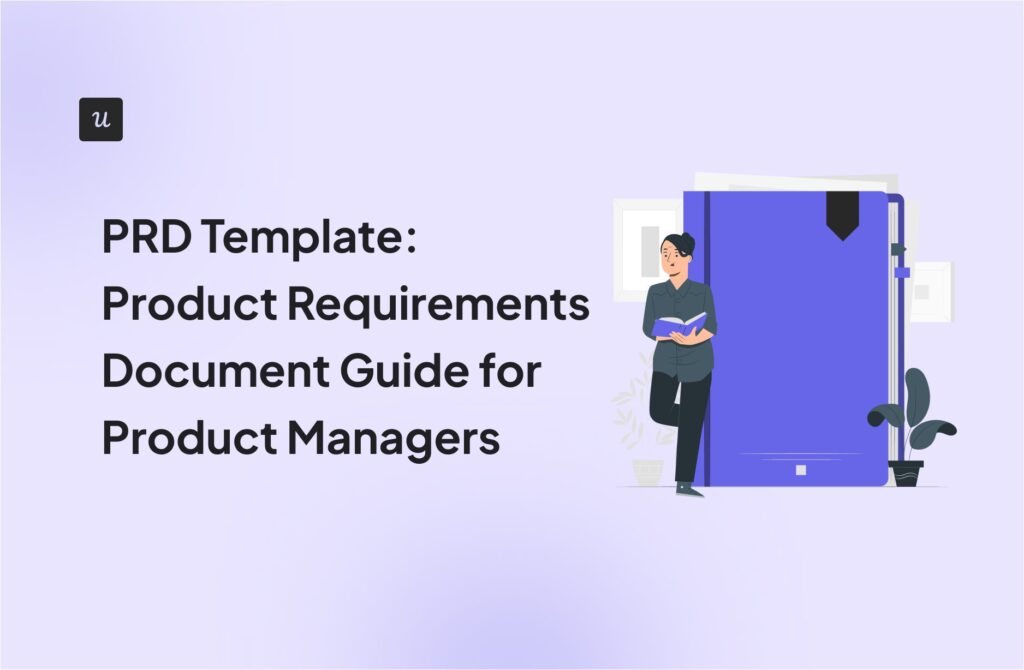
With each major release in AI, the discussion about positions going extinct resurfaces. That includes product managers, with some voices claiming that vibe-coding may make them redundant.
But Andrea Saez (Head of Product Marketing at Turtl and upcoming speaker at Product Drive) has a strong stance: You can’t vibe-code your way to product-market fit.
AI can indeed create prototypes, generate landing pages, and design your product’s interface. It can even do research for you, analyze data, and brainstorm relevant product ideas. And yet, despite AI’s capacity to accelerate product development, it will never produce a definitive output that’s ready for the market.
That’s because the fundamental principles behind a product-led strategy still require human expertise.
In this article, I’ll revisit the process of achieving PMF. And for even more practical tips on using AI and vibe coding in product management work, join Andrea’s talk:

How well have you defined your target customer and their core problem?
How are you validating your value proposition with the market?
How are you measuring user feedback and behavior to iterate towards product-market fit?
Unlock your true product-market fit potential.
You’re on the right track. Userpilot can help you analyze user behavior, gather feedback, and guide users to value faster.
Try Userpilot Now
See Why 1,000+ Teams Choose Userpilot
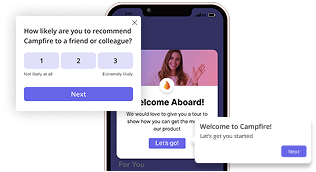
What is product-market fit?
Product-market fit is when you identify a market need and create a solution that fulfills it. It leads to a validated product with the potential to grow.
Product managers own this process, known as “product discovery.” And as we’ll see, it’s more than just coding a product. It involves human skills that AI is still very far from replicating.
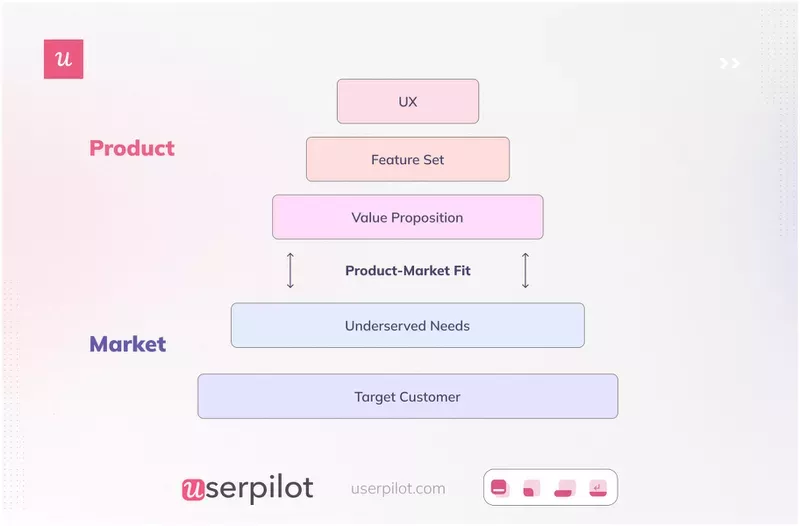
Why is achieving product-market fit important?
Finding product-market fit is the primary goal of any product team:
- It identifies if a product or feature meets a market’s demand, which means that the solution is profitable and sustainable.
- Product-market fit helps your team prioritize what users need, optimizing your marketing and development resources. Without it, you’d be adding features to a product that no one wants.
- It guides the positioning, messaging, and priorities in your product marketing strategy so it aligns with the voice of the customer (VoC).
- It’s the basis of continuous product growth. A product won’t attract customers if it doesn’t meet market demands.
How to find product-market fit? Discovery process in a nutshell
Now, let’s take a look at the standard product discovery process to achieve product-market fit:
1. Determine your target customer
The first step to any discovery process is to select and research the target market.
This involves finding potential market gaps in an industry, analyzing third-party data (like industry reports, benchmarks, databases, etc), and collecting your own insights via survey, interviews, or focus groups.
The goal is to spot one common problem within a niche. This way, you can create a user persona, which is a semi-fictional representation of a target customer.
To create it, you must do deeper research (often, with psychographic and behavioral data) to understand the whole context around their problem. What are their routines at their job? Where do they work? Who do they collaborate with regularly? What is it that they’re trying to achieve, but can’t?
After collecting enough data, the final output of this step is to put together a user profile like this one:
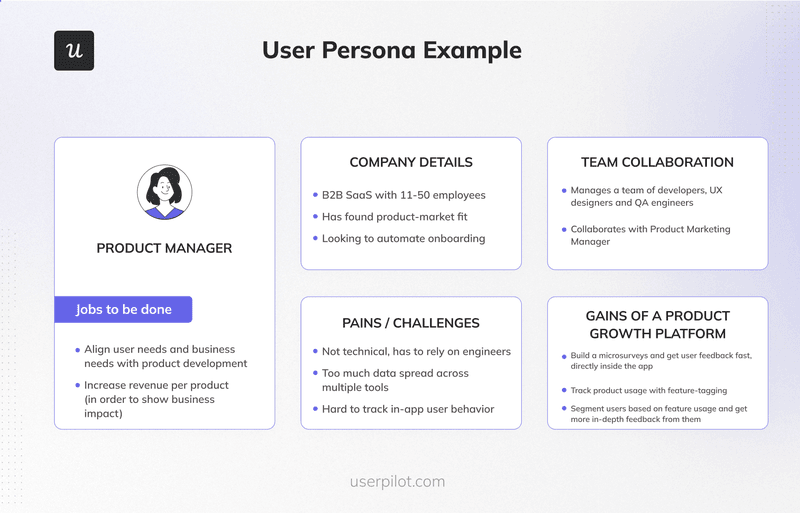
2. Define your value proposition
With a user persona based on well-researched pain points, it’s time to start thinking about solutions.
What features can you add to your product to solve this market problem? What are the market’s current options? How can you do it better and make the product an indispensable choice?
Once you have multiple ideas noted down, you must define a unique value proposition (UVP). You can follow a simple template like Geoffrey Moore’s:
“For [target customer] who [statement of the need or opportunity], our [product/service name] is [product category] that [statement of benefit].”
You can use AI to brainstorm different angles. But in the end, you must settle on a value proposition that:
- Defines your target market and your solution in detail.
- Differentiates your product from the solutions in the market.
- Creates a narrative around your users’ pain points and your solution.
- Is feasible, specific, and motivating.
3. Build an MVP
The third phase is to build a minimum viable product (MVP) using the user persona and the value proposition.
The user persona and market research insights will help you focus on the outcomes that your customers need. The customer data also helps figure out the context in which the product is going to be used, your user’s limitations (in terms of stack, technical skills, flexibility), and potential obstacles.
Your value proposition, on the other hand, determines what core features to build, what technology you’ll use for development, and how you’re going to position the product in your marketing.
At this stage, AI is useful for developing a prototype.
4. Test MVP with potential customers
The next stage is to perform a beta test where selected users get to try your product and provide feedback.
Besides reporting bugs, this feedback is essential to determine if the product can satisfy the customer’s needs and if there’s demand for it.
For a good beta test, it’s highly recommended to find beta testers who fit your user persona. You should then track their in-app behaviors and collect diverse qualitative data (through surveys or interviews). You can also conduct focus groups to get more intimate feedback from a small group of users.
5. Iterate until you have PMF
Your MVP won’t be perfect. There are going to be value gaps, a lack of integrations, and instabilities.
But with the beta test, you’ll have enough data to create a product roadmap based on a clear product vision, a compelling story, and a development path that prioritizes customers’ needs.
This is the stage where you need product managers to achieve product-market fit. You’ll need someone to understand the user experience, decide when to launch the product, and perform the discovery process continuously for new product ideas.
Vibe coding, PMF, and the role of product managers in AI-driven product development
In the era of vibe coding, you can create a whole prototype quickly just with some prompting. This dramatically increases the speed at which you can build, test, and iterate on products until you achieve PMF.
Some claim that this opens a possibility to ship fast and let the market verify the products, which would make product managers redundant in the process.
But as we’ll see, Andrea Saez (head of product marketing at Turtl) has many reasons to disagree with this narrative. And here’s why:
You still need to understand the market and users to vibe-code a product
Even assuming that AI has the capacity to ship a perfectly coded product (which it doesn’t), you’d still need to know what to build and for whom. Andrea puts it like this:
“Vibe coding needs a set of requirements to meet basic user needs. This means having an understanding of the problem, market, and solution you’re experimenting with.” — Andrea Saez, Head of Product Marketing at Turtl
The current AI technology (i.e., LLMs) isn’t designed to have initiative or make decisions. If you want to generate any good code from AI, there must be someone on the other side of the monitor who knows the market gaps (or how to figure them out), understands the problem, and can create a vision of a successful solution.
Without these fundamental skills, you can’t just ask a tool to build a SaaS with product-market fit. It won’t happen.
AI can’t replace all areas of the product managers’ role
AI is a tremendous tool that can perform some parts of the discovery process. As explained, it can brainstorm product ideas, create prototypes, validate features, and more.
“If your role begins and ends at shipping tickets and validating features, yes… GPT-5 can probably do that better than you.” — Andrea Saez, Head of Product Marketing at Turtl
However, it’s unable to do the very core of what creates market fit and makes product managers indispensable: aligning a product with market demands.
And if we go further into the role of a product manager, there are many other areas AI can’t handle, like:
- Connecting user behavior to business outcomes.
- Managing stakeholder expectations.
- Aligning the product with the business strategy.
- Crafting a narrative based on context, emotions, and empathy.
- Determining the best course of action based on ambiguous data.
Vibe coding aids the discovery process, but can’t produce a complete product
During AI discussions, people assume AI can yield positive results without requiring technical expertise or a lot of prior research.
The reality couldn’t be further from the truth. In Andrea’s experience, vibe coding helps create initial prototypes for landing pages and internal tools. It’s very helpful to communicate product ideas to a designer or developer so they can build a better version.
But none of these vibe coding projects can produce a complete product, let alone a solution you can sell to customers. As Andrea explains:
“Yes, vibe coding is real. Yes, it’s useful. But it’s not magic, it’s not strategy, and it’s not replacing your product team. It’s a tool. A sharp one. Just don’t wave it around like you invented UX. Remember that the job is to learn fast and build great things, not to move fast and break everything around you.” — Andrea Saez, Head of Product Marketing at Turtl.
How can good product managers use AI in their product-market fit process?
AI cannot replace product managers, but it’s certainly a tool that will stay in most product teams.
This is how vibe coding can save you time:
- It can create quick prototypes to test ideas, validate hypotheses, and confirm assumptions without going through a whole development cycle.
- Vibe coding is an excellent skill to put together internal tools like dashboards and automations to remove internal bottlenecks.
- Using AI keeps you on top of emerging technology. AI is making its way on almost every product, and vibe coding will give you the experience to implement AI features in your product with proper judgment.
And if you’d like to learn practical, example-based ways PMs can combine discovery, instrumentation, and lean builds to find product market fit faster and with less waste, join Andrea Saez’s Product Drive talk for free. The conference is free, but seats are limited, so sign up fast!
FAQ
How do you measure product-market fit?
Here are some metrics to keep track of product-market fit:
- NPS surveys: Asks customers (on a 0–10 scale) how likely they are to recommend your product.
- PMF surveys: Asks users how they’d feel if they could no longer use your product. If 40% of responses say they will be disappointed, you have achieved market fit.
- Growth rate: The percentage change in active users or revenue over a period.
- Churn rate: The percentage of customers who cancel over a period of time.
- Word of mouth: The total number of new customers acquired via referrals.

